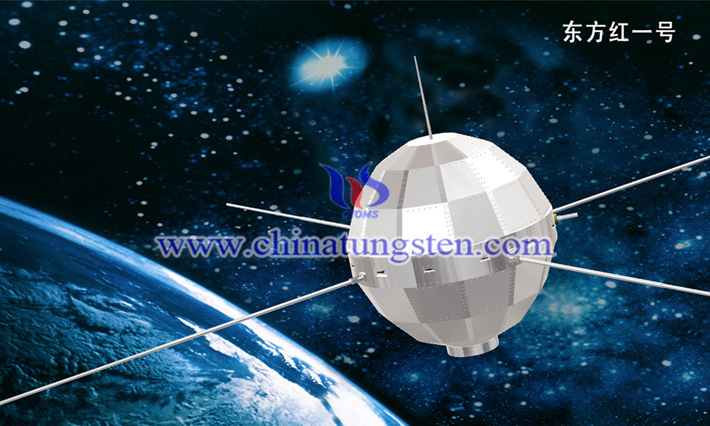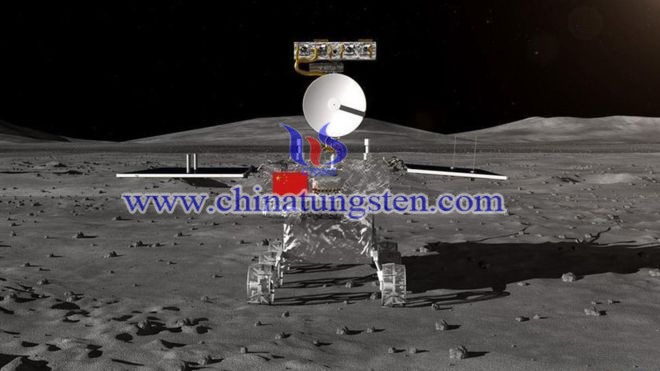China Conquered Problems with Tungsten in 3D Printing - 1
- Details
- Category: Tungsten's News
- Published on Wednesday, 27 February 2019 14:28
3D printing was a hot topic a few years ago, and a recent breakthrough proved that 3D printing is ongoing. It is reported that a Chinese team conquered the problems with tungsten, a strategic metal in 3D printing technology. This action filled in the gap of China’s rapid prototyping technology in tungsten, a kind of metal with a high melting point. The team printed a radiator, which is the main part of the spacecraft's thermal control system.

Picture of China aerospace
There are many “first” when it comes to spacecraft. The world's first spacecraft was Sputnik 1, launched by the Soviet Union in 1957. The first manned spacecraft was the Soviet Union's Vostok 1 spacecraft, launched in 1961 (Yuri Gagarin became the first man in space). The first spacecraft to send a man to the moon was the Apollo 11 spacecraft, launched by the United States in 1969. The first spacecraft to leave the solar system was the Pioneer 10 spacecraft, launched by the United States in 1972. The first vehicle to combine a carrier rocket, a spacecraft, and the characteristics of an aircraft was the Columbia spacecraft, launched by the United States in 1981.
China's first man-made satellite, Dongfanghong-I, was launched in 1970. The successful launch of the satellite marks China's becoming of the fifth country in the world, after the Soviet Union, the United States, France and Japan, to launch a home-made satellite on a home-made rocket.
In the history of mankind, it was the first time that a soft landing of a spacecraft and inspection was achieved, as well as the first time that a relay communication between the far side of the moon and the earth was realized. The first vehicle to realize these two missions is China's Chang 'e 4 probe, which was launched on December 8, 2018. And this is also one of the important signs that China is striding forward to becoming a powerhouse in aerospace.

Picture of Chang’e 4
The space environment where the spacecraft enters is tough – if there is no thermal control, components and equipment on the satellite would be in a temperature ranging from less than -100°C to more than 100°C. Therefore, metals with high melting point such as tungsten are required.
At present, the materials used on the spacecraft (including its components and equipment) have a temperature range in which the performance and function can work normally. Therefore, it is very necessary to take thermal control of the spacecraft.
- Tungsten Manufacturer & Supplier, Chinatungsten Online: www.chinatungsten.com
- Tungsten News & Prices of China Tungsten Industry Association: www.ctia.com.cn
- Molybdenum News & Price: news.molybdenum.com.cn
- Tel.: 86 592 5129696; Fax: 86 592 5129797; Email: sales@chinatungsten.com



 sales@chinatungsten.com
sales@chinatungsten.com